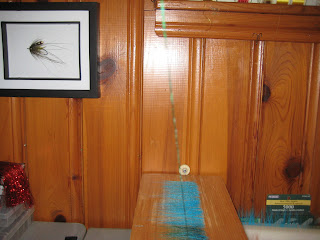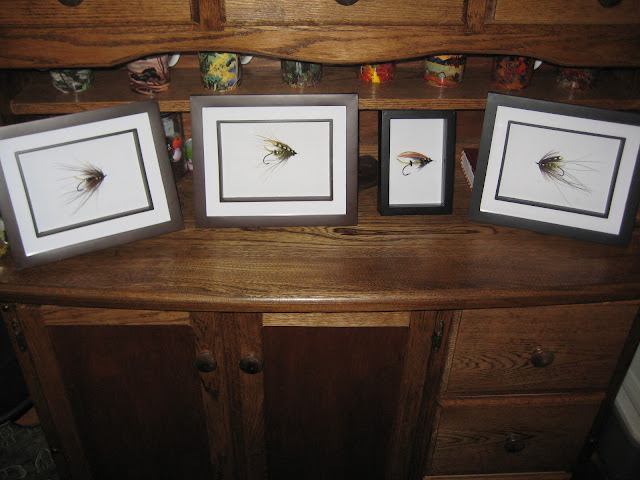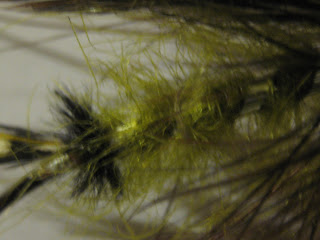Hey Everyone,
So I thought I would take some time while on holidays and show you how to make your own dubbing brushes.
When I say dubbing brush most people think of a stick with some velcro on to brush out dubbing, but a dubbing brush is a pre-maid section of thin wire with material spun in between it.
Basically it is a pipe cleaner with different material spun between the wire.
So I will take you through the process of making your own dubbing brushes, in this brush I will be using Bucktail for the material. Bucktail is a great material to spin if you want to tie larger flies for warm water and salt water species.
Hopefully the pictures are easy to understand, if not just shoot me an email and I will help you out, I did finally get a new camera so this will be my last post with this camera, I will probably be making a video in the near future on dubbing brushes to help clarify the process.
Firstly you will need a small board, here I use a simple piece of pine board with a screw into the wall to wrap the wire around.
Here is a close up of how I wrap the wire around the screw, there is a small piece of dense felt that I use with the screw to hold the wire more secure.
I then lay the wire across the board.
I use a rotary tool to spin my brushes, you will have to make some sort of hook to put into the tool to hold the wire, I use a paper clip and it works great.
The next step is preparing the material to spin in the brush, as stated earlier I am going to use Bucktail for this brush, make sure you comb out the under fur in your material, if you don't then your brush will be very thick and will look to bulky when you wrap it onto your fly.
Here is how I lay out my material, I like to use a shorter/darker section of fur near the end of the brush, this dark section will be wrapped near the head of the fly and will give the fly a tapered look because of the shorter coloured material.
The next step is to wax the other section of wire with some tacky wax, then lay the wire on top of the material, this will "sandwich" the Bucktail between the wire and will help lock the material onto the fly. Then just wrap the other end of the wire around the same hook you first wrapped it around.
Now you are ready to spin the brush, I use a rotary tool for this because its easy and fast. Its important that you start slow, this way you can make sure the material isn't tangling up when you start to spin it. When you are happy with the way the material is spinning, then you can go faster, you can just keep spinning the material until the wire snaps. The material will snap at either the rotary tool or the screw.
When the wire snaps you will be left with a perfect dubbing brush.
Lastly all you need to do is brush the hairs all to one side.
Here is an example of a really simple pike fly that is tied with the dubbing brush that was just made. The tail on this fly is just a couple purple and green hackles, then tie in the dubbing brush. Make sure you tie in the end with lighter and longer hairs first, so that the dark short hairs will end up at the head of the fly
Then wrap the brush forward while folding the hairs towards the back of the fly. Then just tie the end off and head cement it and your good to go, you can also super glue some eyes on to it to make it even fishier.
Thanks, Hope you enjoyed the post, let me know if you have any questions, ill be happy to help you out.
My next post will be on my home river where I learned to fish, its always good to visit your roots.
Take care and Merry Christmas
Chris


















































